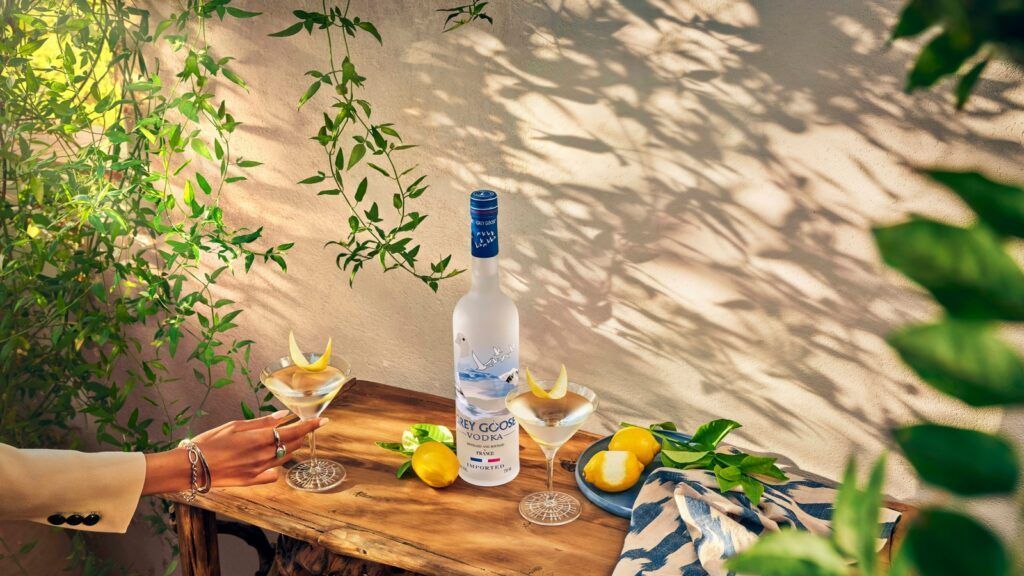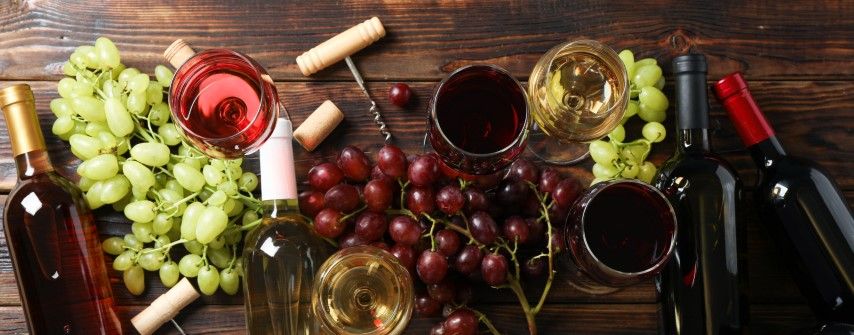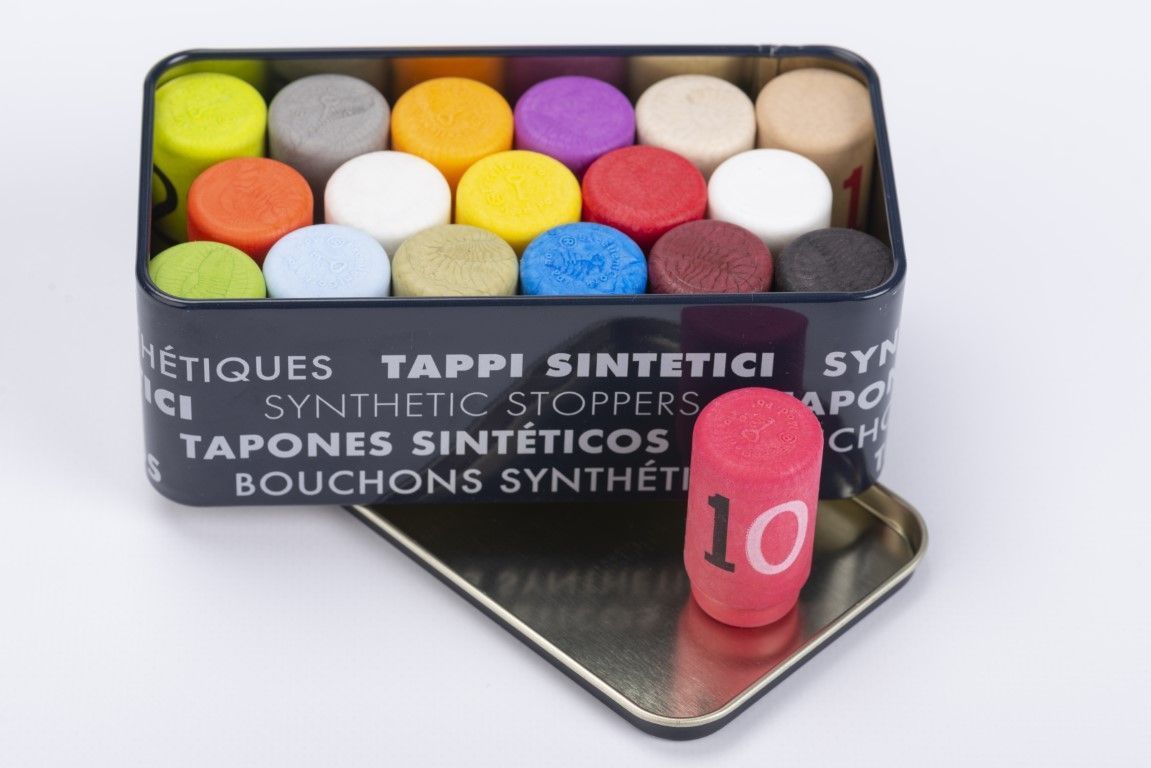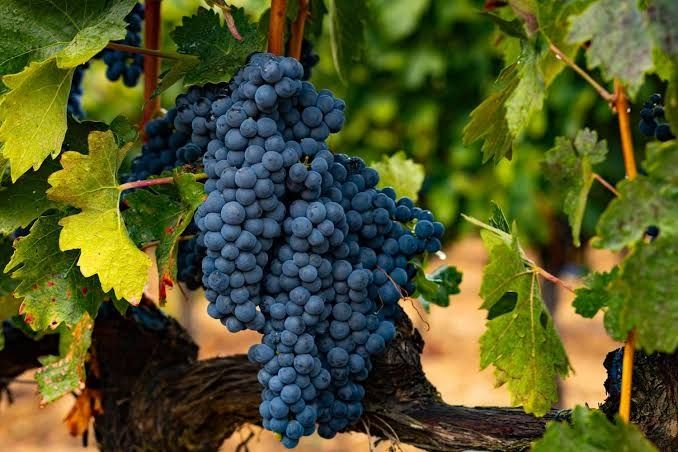The world of spirits offers a wide variety of options, among which vodka and gin stand out as two popular and versatile distilled beverages. Although they share certain elements in their production, each has unique characteristics and profiles that make them ideal for different occasions and cocktails. In this article, we’ll explore the key differences between vodka and gin, from their origins to their sensory profiles and uses in mixology.
Introduction to Spirits
Spirits are distilled beverages known for their high alcohol content and meticulous production methods. Vodka and gin are two iconic examples that, while they may appear similar at first glance, differ greatly in terms of production, flavor, and uses.
Origin and Historical Evolution
The history of these beverages helps us understand how they developed and became popular in different cultures.
History of Vodka
Vodka has its roots in Eastern Europe, particularly in countries like Russia and Poland, where it began to be produced more than 500 years ago. Originally made as a medicinal remedy, it soon became an essential drink in celebrations and traditions. Its name comes from the Russian word “voda,” meaning water, reflecting its pure and neutral character.
History of Gin
Gin, on the other hand, originated in the Netherlands in the 17th century. It was created as a medicinal elixir by physician Franciscus Sylvius and was later adopted and popularized worldwide by the British. Its defining ingredient, juniper, gives the spirit its name and characteristic aromatic profile. 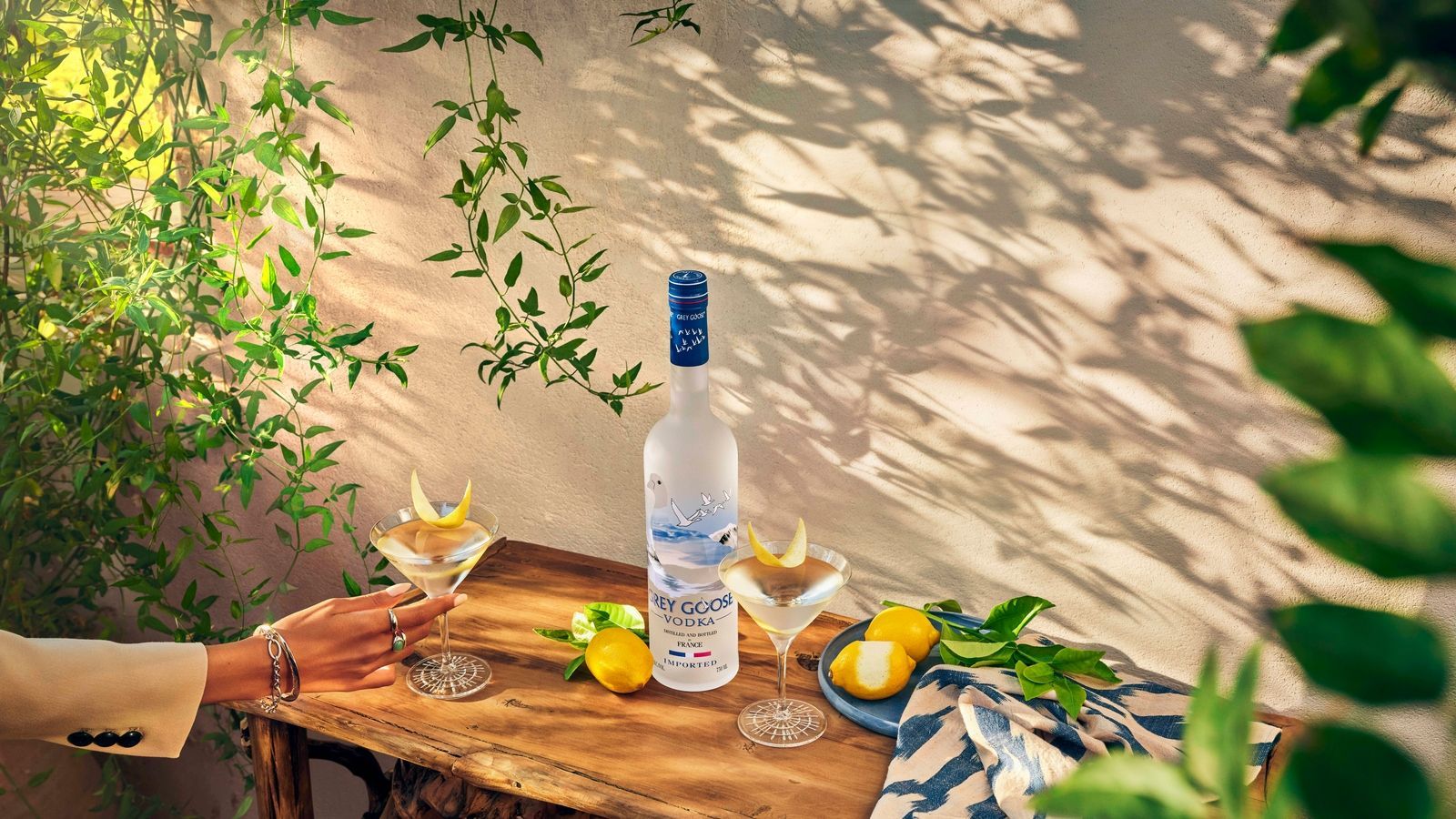
Production Process
Although both vodka and gin are distilled spirits, the ingredients and methods used in their production are what set them apart.
Base Ingredients Used
- Vodka: Can be made from a variety of raw materials, such as grains (wheat, rye), potatoes, or even fruits. The focus is on purity and neutrality.
- Gin: Its base is similar to vodka, but what makes it unique is the addition of botanicals, including the required juniper berries.
Distillation and Filtration Methods
Vodka is distilled multiple times to ensure its smoothness and neutrality. Many brands filter it through activated charcoal to remove impurities. Gin, on the other hand, is distilled along with its botanicals to extract their unique aromas and flavors.
Flavors and Botanicals in Gin
Gin is defined by its use of botanicals, with juniper being the essential ingredient. Other common botanicals include citrus peels, cardamom, coriander, and roots like angelica. This mix adds complexity and gives each gin brand its unique personality.
Sensory Profile
Flavor and aroma are essential elements that distinguish vodka and gin.
Vodka’s Flavor and Aroma
Vodka is known for its neutrality. Its flavor is smooth, with subtle sweet or spicy notes depending on the raw material and distillation process. It serves as an ideal base for cocktails as it doesn’t overpower other ingredients.
Gin’s Flavor and Aroma
Gin has a complex and aromatic profile, dominated by juniper but complemented by citrus, floral, or spicy notes depending on the botanicals used. This makes it a bolder and more distinctive option compared to vodka.
Varieties and Styles
Both vodka and gin offer a wide range of varieties and styles suited to different preferences and occasions. From neutral profiles to complex and aromatic flavors, each type has its own unique characteristics.
Types of Vodka
Vodka is mainly classified based on its purity and added flavors:
- Standard Vodka: This is the classic vodka, known for its neutral flavor and versatility. It’s ideal for mixing in cocktails as it doesn’t overpower other ingredients.
- Flavored Vodka: Infused with flavors ranging from fruits like lemon or raspberry to spices or herbs. This type is perfect for those looking for an extra touch of flavor in their drinks.
- Premium Vodka: Made using more sophisticated distillation and filtration processes, offering a smoother and more refined texture. Often crafted from high-quality ingredients like select wheat or rye, it’s perfect for sipping or high-end cocktails.
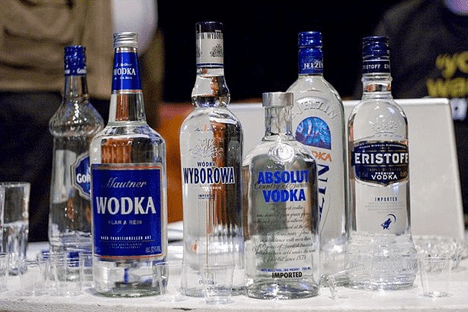
Types of Gin
Gin is distinguished by the use of botanicals and the prominence of juniper, but there are different styles that highlight unique nuances:
- London Dry: The most iconic and popular style. Known for its dryness, clean profile, and strong juniper flavor, combined with citrus and spice notes. Ideal for classic cocktails like the Gin & Tonic.
- Old Tom: A sweeter and less dry version than London Dry, popular in the 19th century and revived for modern mixology. Perfect for cocktails needing a touch of sweetness, like the Tom Collins.
- Flavored Gin: Infused with fruits, flowers, or herbs that complement or even overshadow the juniper flavor. A contemporary option for those seeking a fresher or fruitier profile.
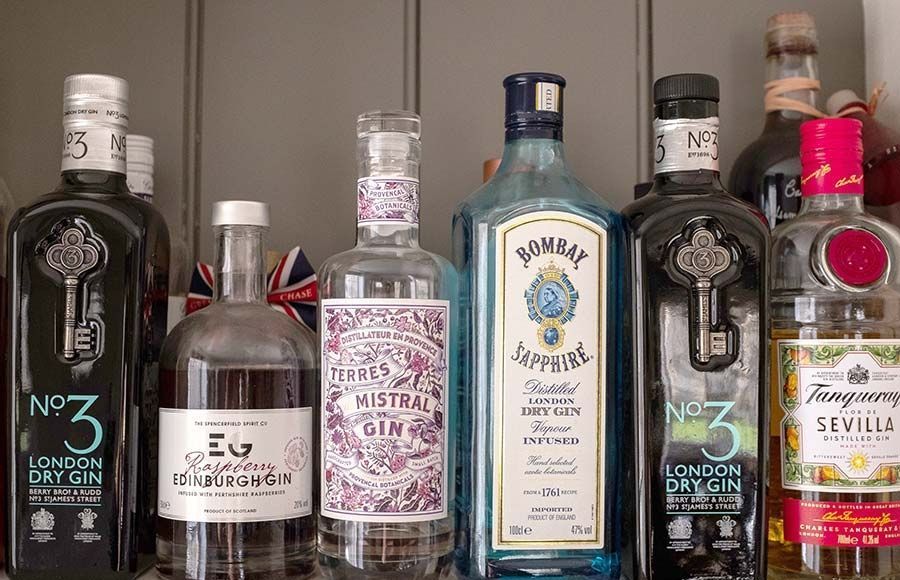
Uses in Mixology
Both beverages are staples in the world of cocktails, but each is used in distinct ways.
Classic Vodka Cocktails
- Bloody Mary: A mix of vodka, tomato juice, and spices.
- Moscow Mule: Vodka, ginger, and lime, served in a copper mug.
- Vodka Martini: Simple yet elegant, with vodka and a splash of vermouth.
Classic Gin Cocktails
- Gin & Tonic: Gin, tonic water, and a touch of lemon or juniper.
- Negroni: Gin, sweet vermouth, and Campari, with a bitter touch.
- Tom Collins: Gin, lemon juice, sugar, and soda water.
Frequently Asked Questions About Vodka and Gin
Which has higher alcohol content, vodka or gin?
Both drinks typically have similar alcohol content, generally between 37.5% and 40%. However, some premium varieties can exceed these values, reaching up to 50% or more. It’s important to check each product’s label, as ABV can vary depending on brand and style.
Can vodka and gin be swapped in cocktails?
Yes, but the result will be very different. Vodka, being neutral in flavor, adapts to almost any combination without altering the other ingredients’ profiles. Gin, on the other hand, has a distinctive aromatic profile due to its botanicals—especially juniper—which adds a unique and complex character. Replacing one with the other can completely change a cocktail’s flavor.
Which is healthier, vodka or gin?
From a caloric standpoint, both drinks are similar, with around 97 calories per 44 ml (standard serving). However, gin may offer additional benefits thanks to antioxidants found in its botanicals, such as juniper. That said, neither is significantly healthier than the other; moderation and responsible consumption are still key.
How does the distillation process affect the flavor of these drinks?
Distillation is essential in shaping each drink’s profile.
- Vodka: The goal of distillation is to eliminate impurities and create a clean, neutral spirit with minimal flavor. This makes vodka extremely versatile.
- Gin: During distillation, botanicals are infused into the alcohol, adding an aromatic and flavorful complexity that varies depending on the selected ingredients.
Why is gin more aromatic than vodka?
The aromatic flavor of gin comes from the botanicals used in its production, with juniper being the primary and mandatory one. During distillation, these botanicals release essential oils and aromatic compounds that create a complex and unique profile. In contrast, vodka is designed to be as neutral as possible, without emphasizing any particular flavor. This makes both spirits completely different in sensory perception.
Vodka and gin are two unique spirits that offer very different experiences. Whether you prefer the neutrality of vodka or the aromatic complexity of gin, both are versatile and perfect for any occasion. To enjoy these spirits at their best, the quality of the bottling is crucial. Excellent Cork, expert in synthetic stoppers, guarantees the perfect preservation of these beverages, maintaining their essence to the last sip.


